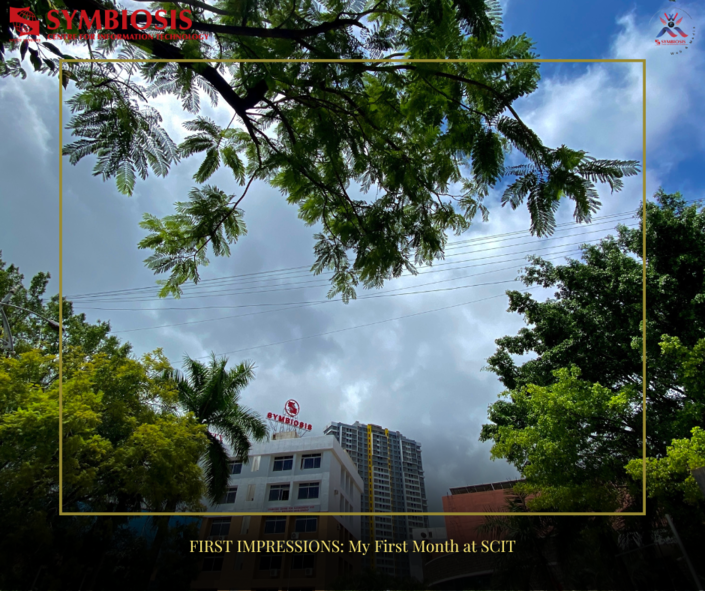Gender Discrimination in India.

In India, discriminatory attitudes towards women have existed for generations and affects women over their lives. Although constitution of India has granted women equal rights but gender disparities remains.
Females of our country have faced the discrimination for ages now and still continue to exist in various forms. Any denial of equality, gender and opportunity on the basis of gender is gender discrimination.
Nature doesn’t discriminate men from women. But women worldwide have been the victim of inequality not only in terms of social and political rights but also on grounds of employment opportunities.
The male dominant society of India makes its women habitual of this discrimination. As a result, most women fail to understand their own rights and freedom.
Women, both illiterate and partially literate have limited access to health care and job opportunities and remain confined to the bounds of their household chores, raising children and looking after families. A good education or qualification does not bring women at par with the men. They are still deprived of many work opportunities as men are believed to be more capable than their female counterparts with similar qualifications.
The notion that women do not have caliber and intelligence to take up managerial positions or high profile jobs is another proof of the discrimination against women in our society.
According to 2011 census, the female literacy rate was 65.46% compared to 82.14% for males. The underlying thought that educating women is of no value as they will only serve their husbands and family in future makes the parents unwilling to spend on girl’s education.
Moreover, discrimination in India often begins in the family. Indian families’ tendency to prefer sons has resulted in an adverse sex ratio, particularly in some northern states. Moreover, in the same region, more than 60% of girls are married well before the legal age, making pregnancies among anemic and malnourished teenagers a common occurrence. But, at the same time, most girls complete 12 years of schooling in the northern mountain state of Himachal Pradesh, demonstrating that the north-south distinction is no more conclusive than countrywide generalizations.
The discrimination doesn’t end here but continues with the expectations of giving birth to a boy. The vicious cycle of female discrimination starts here. Almost all women face some incidents of eve teasing, some are unfortunate to be assaulted sexually and raped.
The discrimination against women is not only hampering the growth of women at social, economic and personal level but also significantly lower female-to-male ratios impact the growth in both agriculture and industrial sectors. Thus, gender discrimination also impedes the country’s growth.
Many reforms and laws have made conditions better for women. The government strives to reserve seats for girls and women in the academic, professional and administrative fields. Helplines are opened for the safety and security of women. Stronger reforms are needed to help women walk with their heads high in the society.
-Apoorv Siloiya (MBA-ITBM 2013-15)















